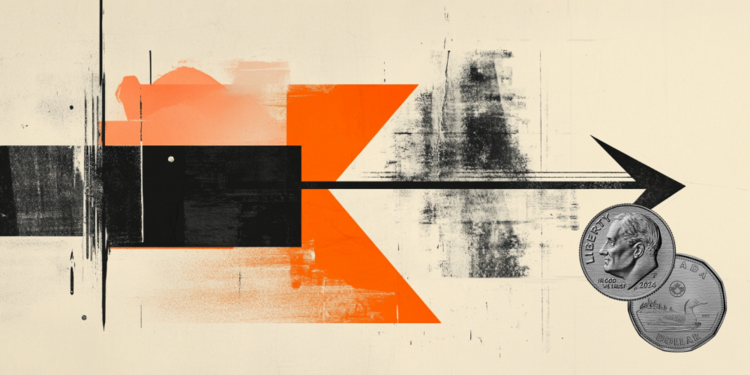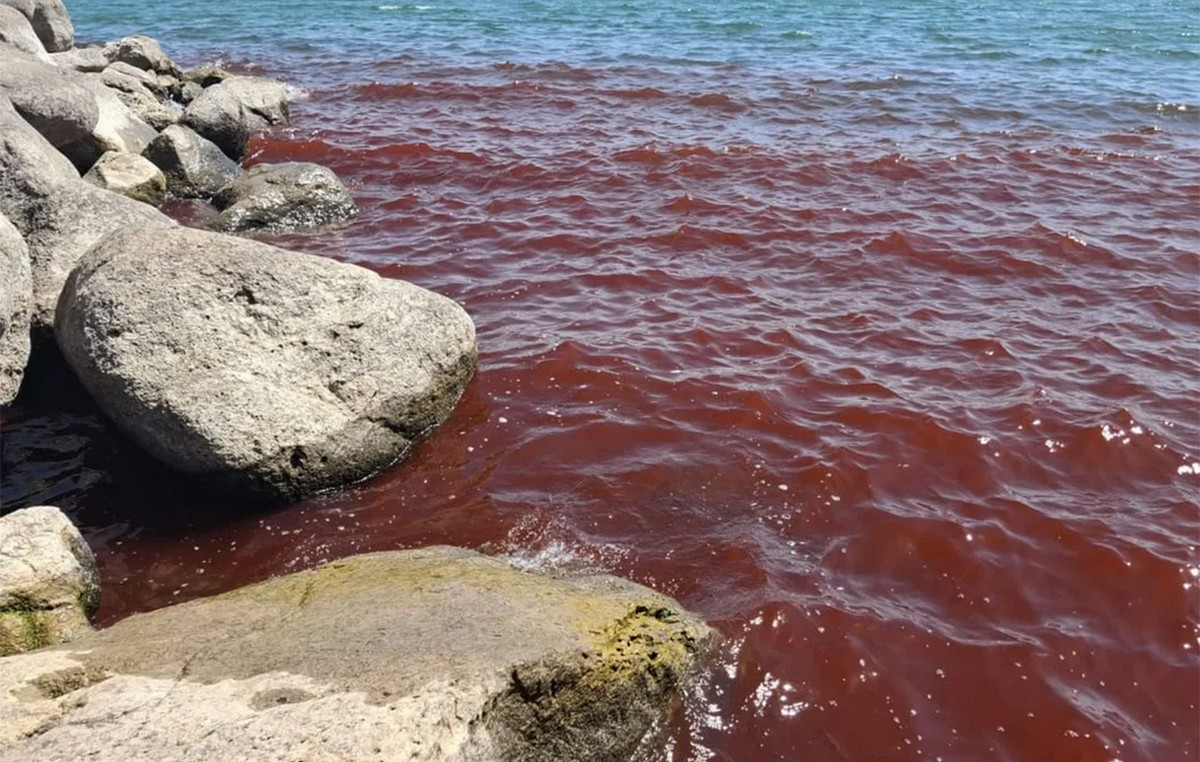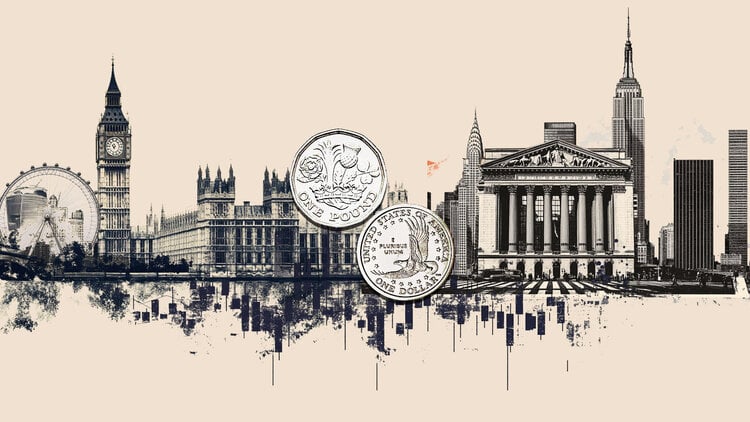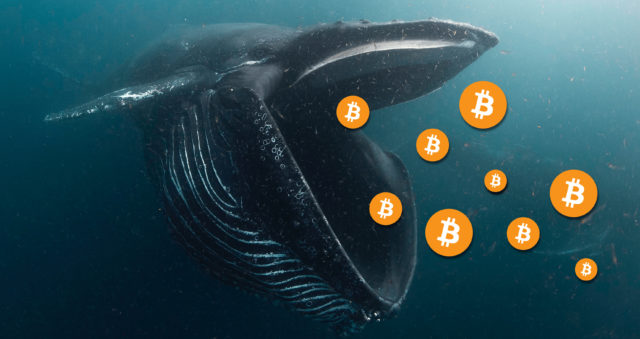Turn the clock back to February 23, the day before Russia launches its all-out invasion of Ukraine, and one might be tempted to predict that Ukrainian President Volodymyr Zelensky’s days in office were numbered.
After all, Russia’s armed forces cost ten times as much as Ukraine’s. Moscow enjoyed a double advantage over Kiev in ground forces; and the Kremlin had ten times as many aircraft and five times as many armored fighting vehicles as its neighbor.
Visibly irritated, Russian President Vladimir Putin had appeared on television a few days earlier, delivering a rambling, historic monologue that made it clear he expected nothing less than regime change in Kiev.
The Kremlin leader appeared to be betting that Zelensky would flee his capital, just as the US-backed president of Afghanistan had left Kabul just months earlier, and that Western outrage would subside, albeit with the temporary pain of new sanctions.
A hundred days later, any plans Putin may have for a victory parade in Kiev are on hold indefinitely. Ukrainian morale has not collapsed.
Ukrainian troops, equipped with modern anti-tank weaponry delivered by the US and its allies, devastated Russian armored columns; Ukrainian missiles sank the Moskva, the pride of Russia’s Black Sea Fleet; and Ukrainian aircraft remained in the air, against all odds.
In late March, the Russian military began withdrawing its troops from the Ukrainian capital, claiming they had shifted focus to capturing the eastern region of Donbass. Three months after the start of the invasion, Russia no longer appears to be aiming for a short, victorious war in Ukraine – nor does it seem capable of achieving it.
The problem of prognosis
Does this mean Russia is losing? It is tempting to analyze the conflict landscape on a given day and draw sweeping conclusions.
The Ukrainians managed to kill Russian generals at a surprising rate; Moscow was forced to reorganize its military command after the initial disorder; and Russian casualties, however elusive the official figures, are shockingly high.
But Russia now controls a swath of Ukrainian territory that stretches around the second-largest Ukrainian city of Kharkiv, continues through the breakaway cities of Donetsk and Luhansk, and reaches west to Kherson, forming a land bridge linking the Crimean peninsula (annexed forcibly by Russia in 2014) with the Donbass region.

Russia’s main focus is now on the Donbass region, where things have settled into a war of attrition. Recent fighting has focused on Severodonetsk, an industrial city where Ukrainian forces hold the last portion of eastern Luhansk.
Ukrainian troops ceded most of Severodonetsk to the Russians. The city’s fall will be a symbolic loss, but one that military analysts say spares Ukrainian forces a protracted – and likely losing – siege.
“Kiev could have committed more reserves and resources to the defense of Severodonetsk, and its failure to do so has drawn criticism,” the US-based Institute for the Study of War said in a recent analysis.
“Both the decision to avoid committing more resources to save Severodonetsk and the decision to withdraw from it were strategically sound, albeit painful. Ukraine must commit its limited resources to reconquering important territories.”
Amid the Severodonetsk offensive, Oleksandr Motuzianyk, a spokesman for the Ukrainian Defense Ministry, said Russian forces are now “trying to encircle our troops in the Donetsk and Luhansk regions” and regrouping to launch an offensive towards Sloviansk, strategic city that could be the next focus.
The battles in eastern Ukraine are being fought on much more open ground than the urban environment around Kiev. This explains the urgency with which the Ukrainians have requested heavier weaponry – particularly artillery systems that can hit targets at longer distances – from the US and its allies.
President Joe Biden announced Wednesday that the U.S. will ship more advanced missile systems, including high mobility ones with munitions that can reach 80 kilometers, a range far greater than anything Ukraine has used so far. today.
That’s welcome news for Kiev, but Russia’s offensive in the east is unfolding as international media attention on Ukraine moves away from the headlines.
This may be what Putin is counting on, perhaps aware that high energy costs and rising consumer prices – both exacerbated by the war in Ukraine – are more likely to focus public opinion (and drive election results) on the United States and elsewhere.

Putin may also be counting on short periods of diplomatic attention. This is the same Russian leader who bolstered his support for Syrian President Bashar al-Assad in 2015 after Damascus suffered a string of defeats. This war – now in its 12th year – continues even as the world’s attention is on Ukraine.
In this regard, Zelensky has been one of Ukraine’s greatest assets in the information war. The Ukrainian president has made a series of virtual appearances before parliaments around the world, while stressing that it is the Ukrainian people, not Putin, who must decide the outcome of this conflict.
In Zelensky’s appearances with wounded Ukrainian soldiers and civilians, the Ukrainian leader takes selfies and projects a warm, humane and low-key leadership style.
This is in contrast to the Russian leader’s only public visit to a military hospital: Putin, in an oversized white lab coat, met with wounded soldiers and officers who stood rigidly to attention before their commander-in-chief.
But Putin, who has wiped out all domestic political opposition and effectively controls his country’s airwaves, does not face the same domestic pressure as Zelensky. Nikolai Patrushev, the head of Putin’s Security Council, said recently that Russian forces are not “chasing deadlines” in Ukraine, suggesting Putin has a much more open timeline for his war.
Ukrainians, by contrast, fear that international fatigue could set in, prompting the international community to pressure their governments to make concessions to Putin.
“You have the watches, but we have the time.” That saying, attributed to the Taliban, epitomized the United States’ dilemma in fighting the war in Afghanistan, a grudging acknowledgment that the extremists operated on different political horizons and timelines, needing only to survive – not defeat – the US Armed Forces.
To reframe that phrase, the deciding factor in Ukraine may be who has the time: a Russian dictator who is likely to hold power until he dies, or a Ukrainian people who are fighting for national survival.
Source: CNN Brasil
I’m James Harper, a highly experienced and accomplished news writer for World Stock Market. I have been writing in the Politics section of the website for over five years, providing readers with up-to-date and insightful information about current events in politics. My work is widely read and respected by many industry professionals as well as laymen.







